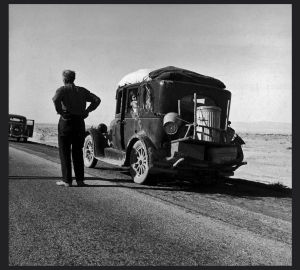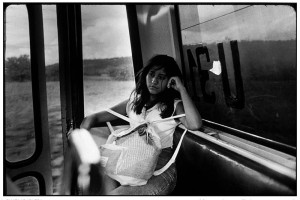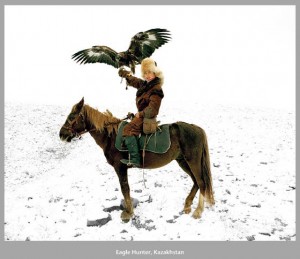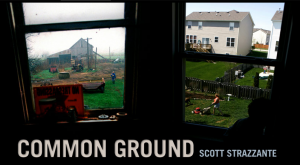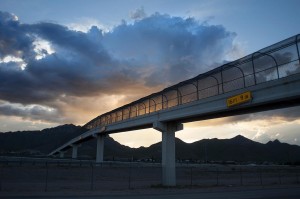
Text and Words by Bruce Berman
The meteorologists call this a “High Pressure system being pushed out by a Low Pressure system.”
Photographers will admit “every once in a while things come together and you get a lucky.”
What do I call it? What does one get for being out there, every evening and every day, always with your “axe (camera)at the ready, often coming home with nothing but the pleasure of having been out there trying?”
The funny thing is, as usual, I was in a part for town I’d never been in before (there are few left). It is a very unusual ‘hood for El Paso. In another city one would call it the “ghetto.” Here, no one thinks there is a ghetto. Being a predominantly latino city (82%), if you have a neighborhood that is lower income, the natural thing is to call it a barrio. This neighborhood was definitely “low income,” and of the three people I conversed with, two had been drinking alcohol to the point of inebriation. It is a mostly Black neighborhood, unusual in El Paso that is only 4% African-American.

